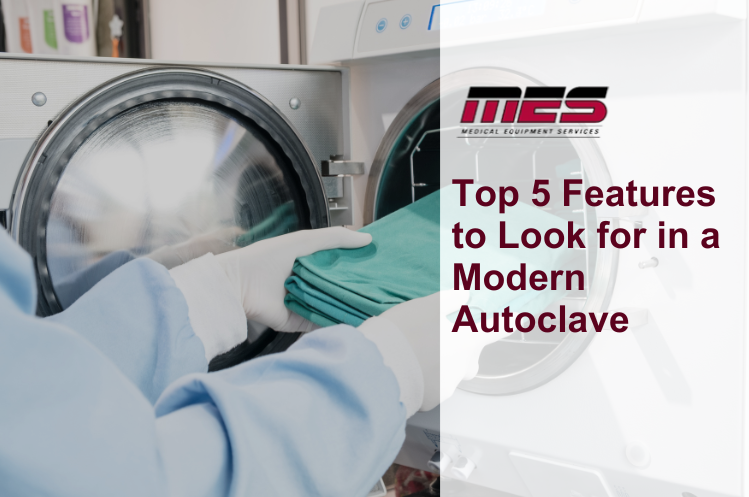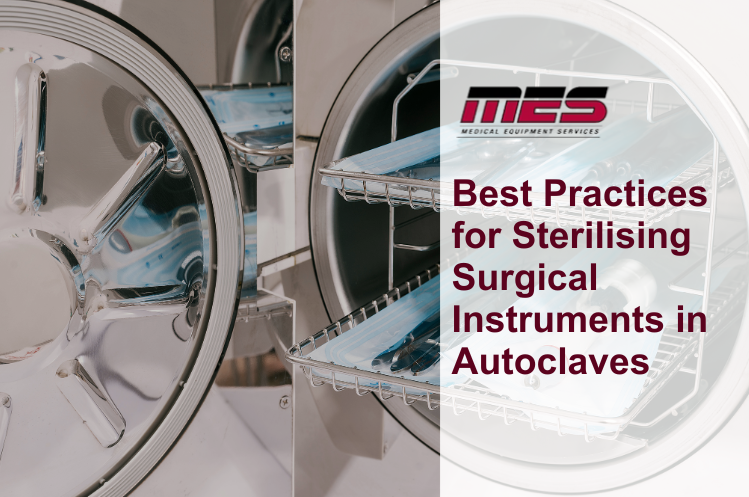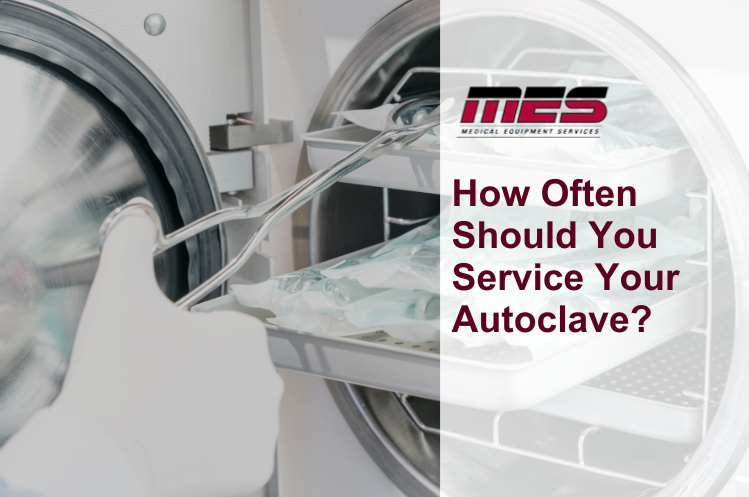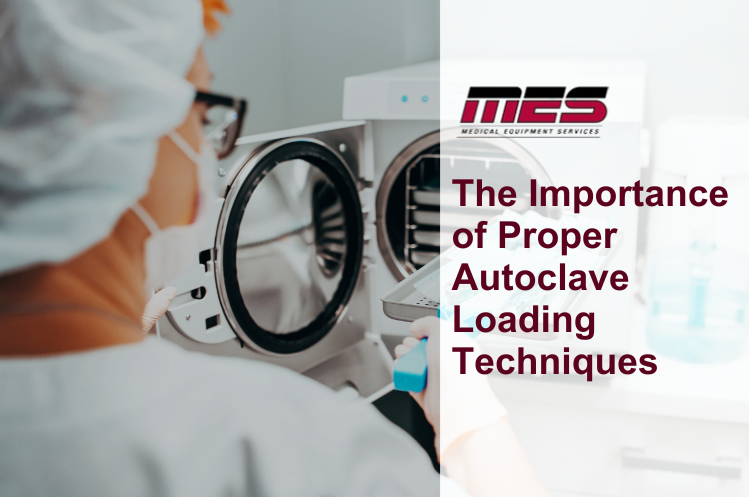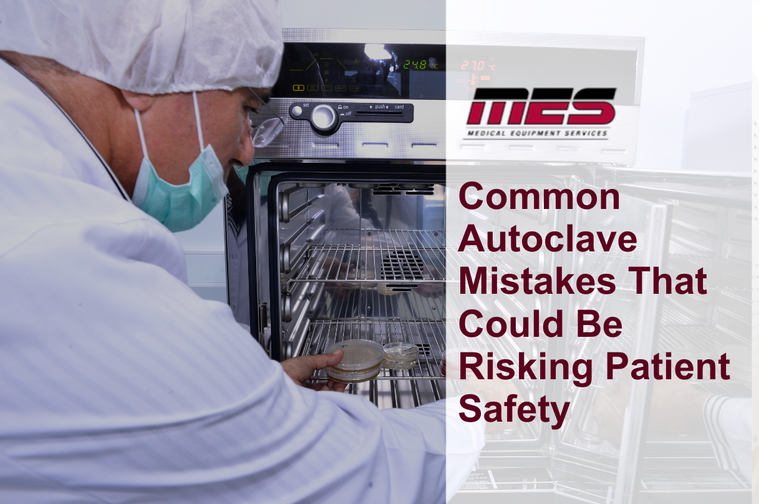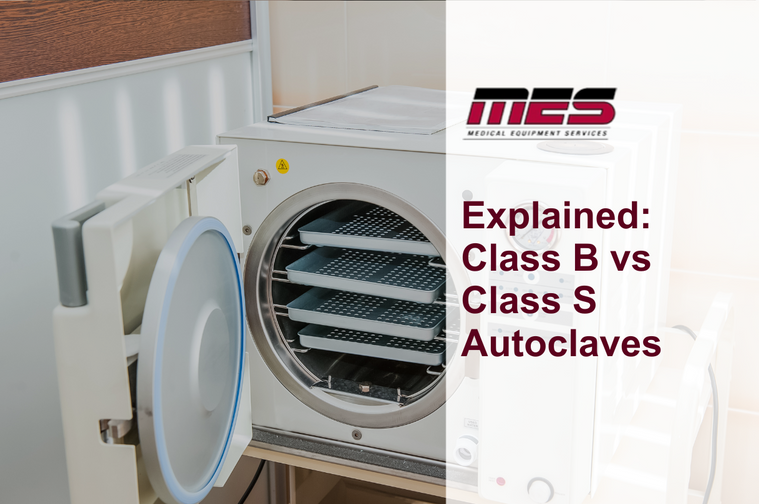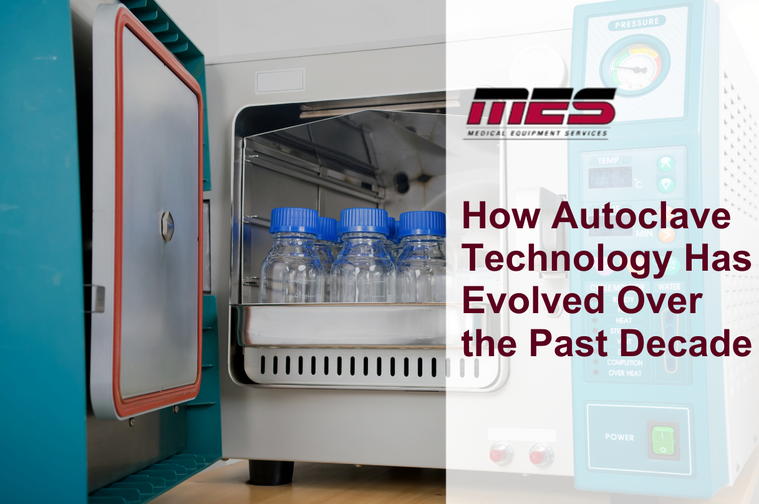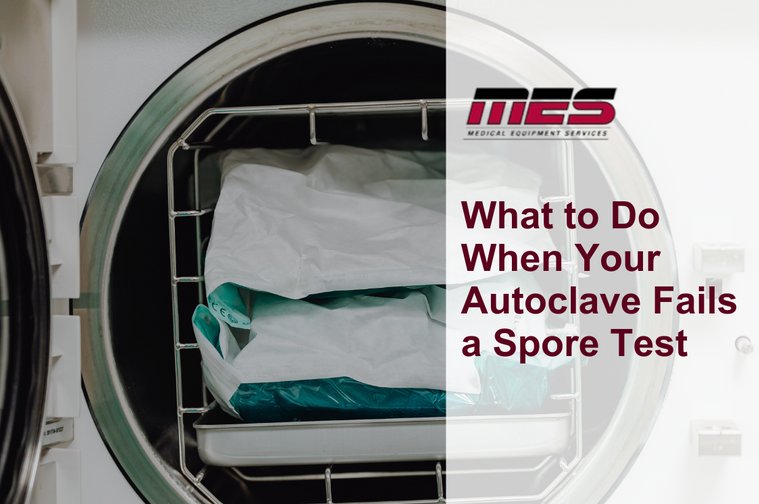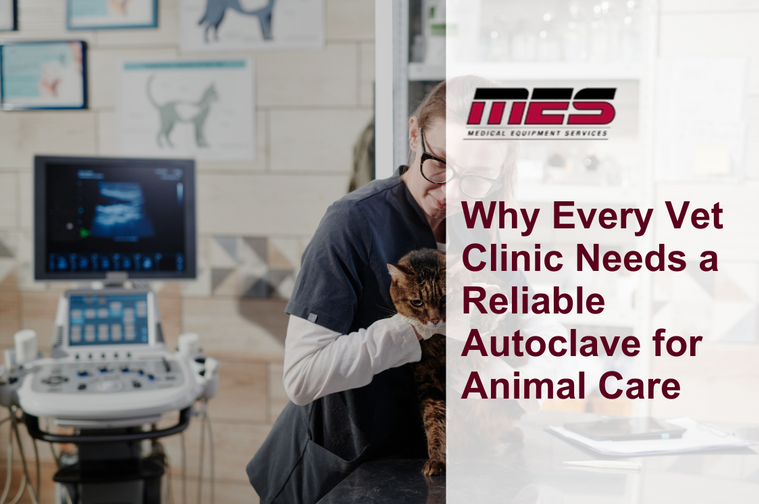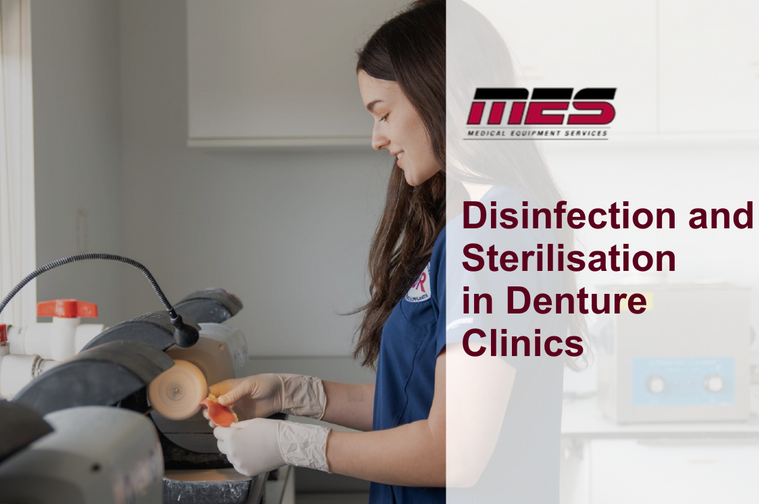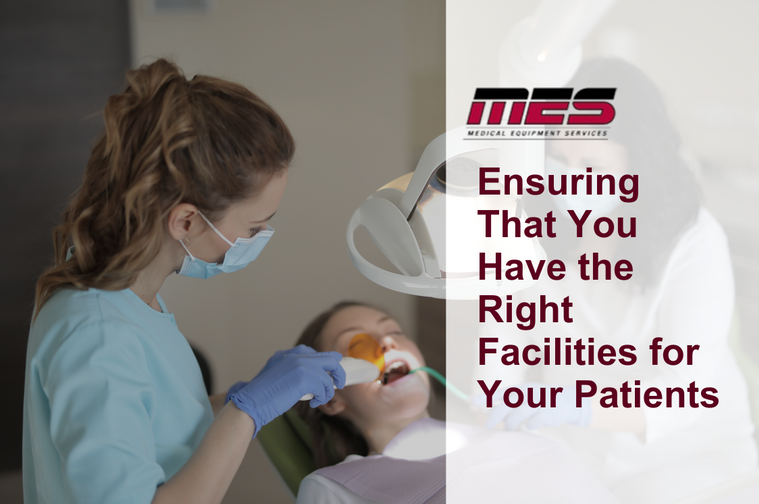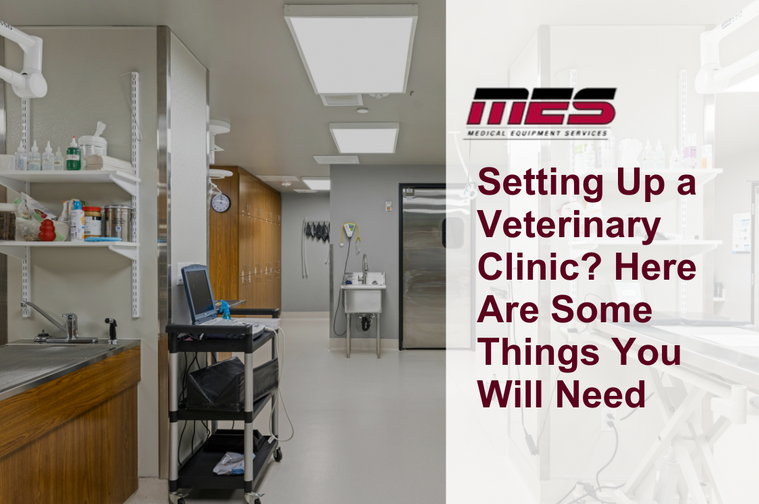Top 5 Features to Look for in a Modern Autoclave
When it comes to sterilisation, there’s no room for shortcuts. Whether you’re running a dental clinic, tattoo studio, lab or hospital, the quality of your sterilisation equipment directly affects your outcomes. That’s why choosing the right autoclave isn’t just a box-ticking exercise—it’s a critical business decision. Modern autoclaves aren’t all created equal. Today’s technology offers features that can save time, reduce errors and extend the life of your equipment and instruments. But the market is full of options, and not every model includes the tools you’ll need for reliable, efficient operation. This guide outlines the five key features to look...

